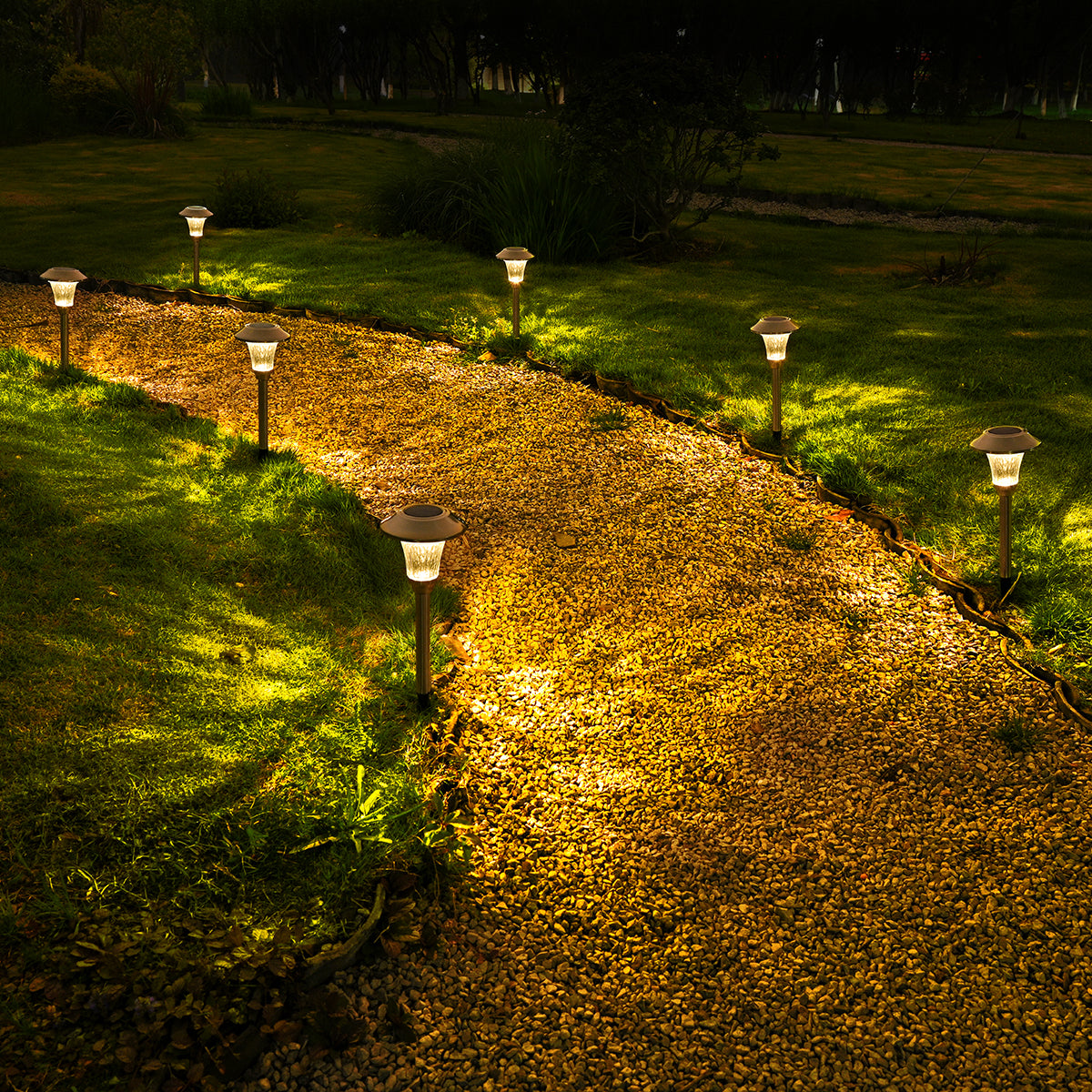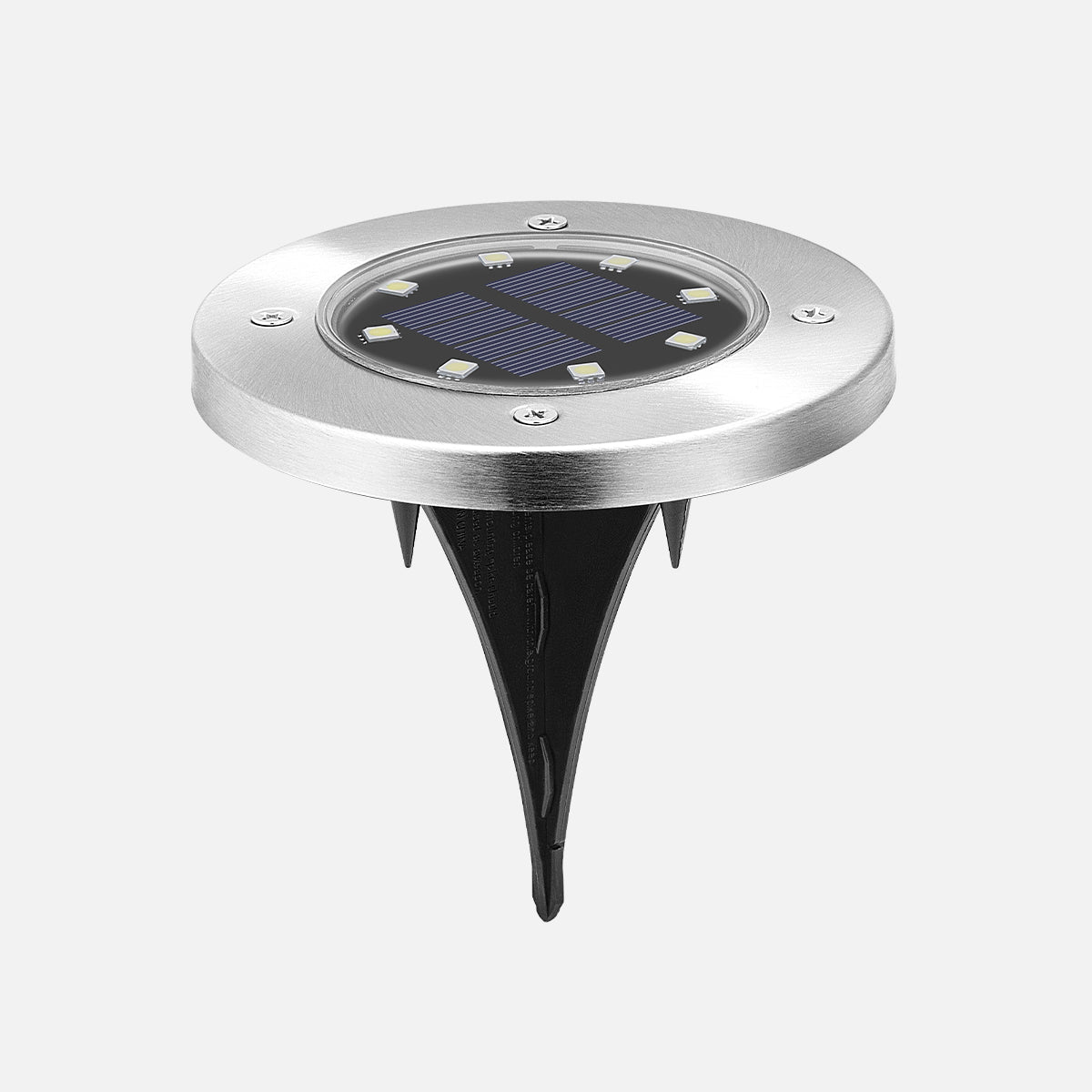
How to Save Money With Solar Energy

We all know that gas prices are astronomical right now all over the world. It's over $5 per gallon around the United States and as high as $8 in the U.K.! Higher gas prices also means higher electricity bills too, as it can take natural gas to power electricity. There is no better time than now to start becoming independent from natural gas as a power source.
There are many solar energy advantages to using solar products, such as the best solar pathway lights. Though perfectly effective, these products are cheap, low-cost investments. However, if you want to raise your home value and get long-lasting benefits, you should try something else. Here are some steps to start breaking free from the dread of a fluctuating electric bill.
1. Check Your Electricity Bill
As of 2019, the average electricity bill for United States homeowners is $115 per month. This changes depending on location, as Utah can go as low as $70, but Hawaii can go as high as $168. With the high prices that have come from inflation over the past few years, these bills are bound to increase even more. Who needs a higher electric bill when everything else is going up in price, too?
People who have higher electricity bills tend to save more money when switching to solar energy, as sunshine is free and won’t hurt your electricity bill. The average savings for homeowners can range from $10,000 to $30,000 for the overall lifespan of their solar panels. Prices for panels can range from $9.000 to $12,000, so you would definitely be making money back. Yes, you will still receive an electric bill, but it can greatly decrease or could even be $0.
2. Calculate How Many Pieces You'll Need

Before even purchasing solar panels, you will need to calculate how many photovoltaic Panels you will need to cover you roof. It's important to know just how much energy your roof will be getting from the sun. Spacing, direction, and the proper dimensions of panels are also important. There are many calculators online that can help to estimate all of these basic needs.
You'll also need to know the dimensions of your roof and how much sunlight your roof gets per day. Most houses need at least 4 hours of sunlight per day, but occasional cloudy days will not be too much of a hindrance. On average, 20 to 24 photovoltaic Panels are needed to compensate for a household's utilities. With all of this in mind, you'll be able to find out just how much you'll have to spend on solar panels to save on electricity.
3. Apply for Federal Solar Tax Credits
With a solar tax credit, you can claim a percentage of the expenses for installing your panels. You'll be able to claim things like labor costs and equipment, which includes the panels themselves. Certain criteria have to be met, however, such as being a first-time user of solar energy, owning a house in the United States, and having installed your panels between January of 2006 and December of 2023.
Essentially, you can claim anywhere from 22% or 26% of what you spent on solar equipment, which would reduce your taxes. Another plus is that there is no limit on how much you can claim. If you're considering going solar, try to do so before 2023. You'll want to take advantage of the tax credit while it lasts.

4. Look for a Solar Payback Period
As previously stated, photovoltaic modules are considered long-lasting benefits, but there is a way to calculate just how long it will take before you really reap in the benefits. The solar payback period basically reflects how many years it will take for you to pay off your solar facilities. To calculate the solar payback period, you will need to know the total costs of incentives, how much you will save on electricity with solar, and how much photovoltaic modules will cost for your house.
Though photovoltaic modules can last for 25-30 years, it may only take you 6-10 years or so to pay them off. It all depends on what kind of deal you get and how high your payments are. As a result, you could be getting back thousands of dollars for the remaining years that you go solar!
5. Use Net Metering
Net metering credits you for any unused electricity from solar energy. For example, if your house gets plenty of sun during the day, then it's generating more than enough energy already. As a result, the company that is supplying electricity to your home will not need to use as much, so there is some energy that goes unused.
Essentially, most PV cells can produce more electricity than what is consumed. With net metering, the grid can sell that unused power to the grid, which will reduce their electric bills. However, you can also save money. You could be saving a total of $45,000 over the lifetime of your PV cells if you apply net metering. Check to see if your state is implementing net metering and find out if you can save even more with your investment.
As you can see, switching to solar energy has many advantages, even if it requires an investment on your part. You can't put a price on using clean energy and becoming independent from electric companies. Saving some cash is always a good incentive, too.
Above all, you'll be helping to keep the world spinning, as solar energy can help to greatly reduce carbon emissions that are plaguing our planet. As the sun shines down on your home and on your solar panels, and your solar landscape lighting starts to brighten your back yard, you'll be able to rest assured that the world is taking care of you. The least that we can do is take care of it in return.













